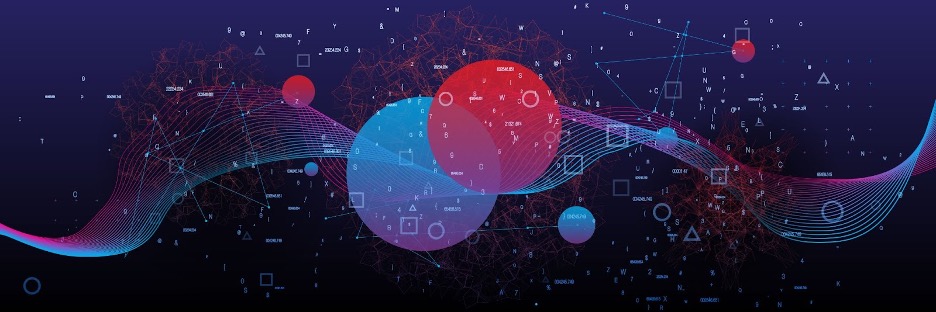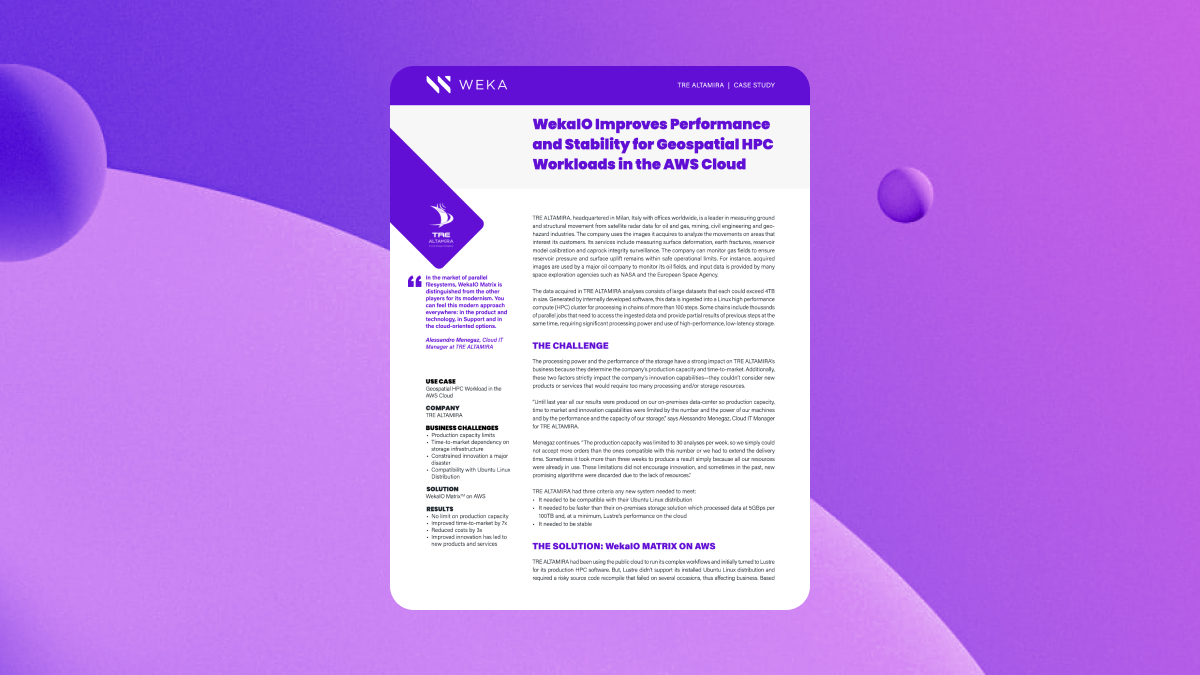Big Data Architecture (Best Practices, Tips & Tools)

Wondering about big data architecture? We explain what it is, why it matters, and the best practices you need for optimum processing speed and power.
What is Big Data Architecture?
Big data architecture refers to the logical and physical structure needed for the ingestion, processing, and analysis of data that is too large or too complex for traditional database systems. Big data architecture is the foundation of big data analytics and is needed for the following tasks:
- Storing and processing large amounts of data
- Analyzing unstructured data
- Predictive analytics and machine learning
How Does Big Data Architecture Work?
The process of operating big data architectures is incredibly involved and complex. Data solutions rely on layers of communication, HPC (high-performance computing) architecture, software, and user interfaces that all work in tandem every day to automate ingestion, processing, and computation.
While different solutions will have unique applications and configurations, their underlying architecture will generally follow a similar set of interoperating layers.
These layers include the following:
- Data Layer (Big Data Sources): This is the layer where all data exists, ready for analysis. Perhaps the largest layer in the system, the data layer can include several different sources of information for use in the overall architecture. Data sources in this layer include data stores (databases, data lakes, etc.), smart devices and external sensors (in Internet of Things systems), data-collection platforms, enterprise data systems, and data management systems.
- Management Layer: This layer contains technologies responsible for the ingestion of data from outside sources. More importantly, anything in this layer will also handle data conversion and formatting from those data sources so analytics tools can use that information. Preparation processes here can include formatting data for storage, translating unstructured data into a structured format for a database, or inserting metadata to aid in organization and usage.
- Analysis Layer: Computationally, this layer handles the actual information processing. In this layer, information is modeled, ranked, scored, or otherwise processed as part of workloads. This is also the layer where data can be used as part of data analytics and machine learning or artificial intelligence (AI) algorithms.
- Consumption Layer: As the name suggests, this layer is where data is consumed for use. Rather than referring to the ingestion of data (which happens at the management layer), the consumption layer refers to the process of preparing the results of analysis for use by analytics programs or software platforms for data analysts. At this level, insights and process results can be fed into data visualization, process management tools, and real-time analytics.
Within each layer of big data architecture, several critical processes transcend layers and structure how the solution works. Some of these processes include the following:
- Connecting with Multiple Data Sources: Big data isn’t a practice that relies on unified data source formatting. Data ingestion has to work across multiple, disparate systems to collect the data necessary to fuel solutions like life science modeling or machine learning. Big data architecture can connect to different platforms, devices, or protocols simultaneously.
- Cloud System Management: Large infrastructures call for coordination and orchestration around distributed systems, like cloud server clusters and file systems or system management tools and policies, to ensure that these systems all operate effectively and efficiently.
- Data Governance: Governance policies focus on the procedures to manage data across all systems, including provisions for compliance, security, deletion, transfer, storage, handling, and processing.
- Quality Assurance: Managing data integrity throughout its journey in your systems, including anything related to compliance and usefulness for business operations.
How Is Big Data Architecture Being Used?
Big data architecture is used across hundreds of applications, and it fuels insights, software, application development, and research in countless industries. Because of the variety of applications that can use data architecture differently, several types of architecture target unique solutions.
Some of these types of big data architecture include the following:
- Traditional Architecture: The most common type, this architecture supports business intelligence. Traditional architecture is easy to implement once business needs are specified and can support scaling systems relatively quickly. It relies on batch processing and doesn’t readily support real-time analytics.
- Streaming Architecture: Streaming architecture supports real-time data analytics from the source. A streaming data channel draws information directly through the system from a data source, and moves it through processing, analysis and final consumption. This can support lean, streamlined environments providing real-time insight but can face challenges modeling historical statistics.
- Lambda Architecture: Lambda architecture uses a dual-channel approach, with one representing real-time data streaming and the other offline. The real-time stream handles, appropriately, streaming data for real-time analytics and performance, while the offline channel handles batch processing related to the streaming channel. This approach provides coverage for several different data analysis scenarios. An optimized version of lambda architecture, called kappa architecture, supports applications that rely on the lambda model.
- Unified Architecture: A version of lambda processing, unified architecture combines the streaming and batch processing layers with a machine learning layer to support solutions that support AI and machine learning applications.
Best Practices of Big Data Architecture
Across these different applications, there are several best practices to consider when buying or implementing big data architecture:
- Identify Data Sources: You should have a clear inventory of where, when, and how you want to collect data. Chances are these collection efforts will focus on different devices, sources, or technologies that will need their interfaces and management.
- Customization: Your solution should fit your needs and not the needs of the creator of the architecture. While some architectures are tailored for specific uses, many can be engineered to work specifically with any organization’s needs alongside industry-specific design.
- Batch Processing: There are several types of batch processing and storage systems that can support different applications. You should inquire with your provider regarding what type of data management system (Hadoop, NoSQL or traditional database management systems) they can use to implement.
- Consider Data Volume: With an inventory of data sources, you should be able to articulate some volume. Your architecture should be able to handle that capacity. You should also be able to create, with your provider, a capacity plan to support scope, scale, and implementation.
- Plan for Disaster and Resilience: Any reliable and effective infrastructure will include data recovery and protection services. Inquire about the backup mechanisms (hot, cold, and hybrid) and redundancy plans.
High-Performance Computing and Big Data Architecture from WEKA
High-performance computing increasingly relies on data processing and calls for effective big data infrastructure.
WEKA, the Data Platform for AI provides high-performance architecture to organizations running cutting-edge workloads and applications in life sciences, financial services, and machine learning. Our software only platform provides:
- Streamlined and fast cloud file systems to combine multiple sources into a single high-performance computing system
- Industry-best, GPUDirect Performance (113 Gbps for a single DGX-2 and 162 Gbps for a single DGX A100)
- In-flight and at-rest encryption for GRC requirements
- Agile access and management for edge, core, and cloud development
- Scalability up to exabytes of storage across billions of files
Contact our experts today and learn more about WEKA Data Platform.
If you are interested in WekaFS as the scalable, performance-focused architecture for your intensive computing workloads and data storage needs, Contact Us to learn more.
Additional Resources
WEKA for HPDA
How GPUDirect Storage Accelerates Big Data Analytics
What are modern workloads?





